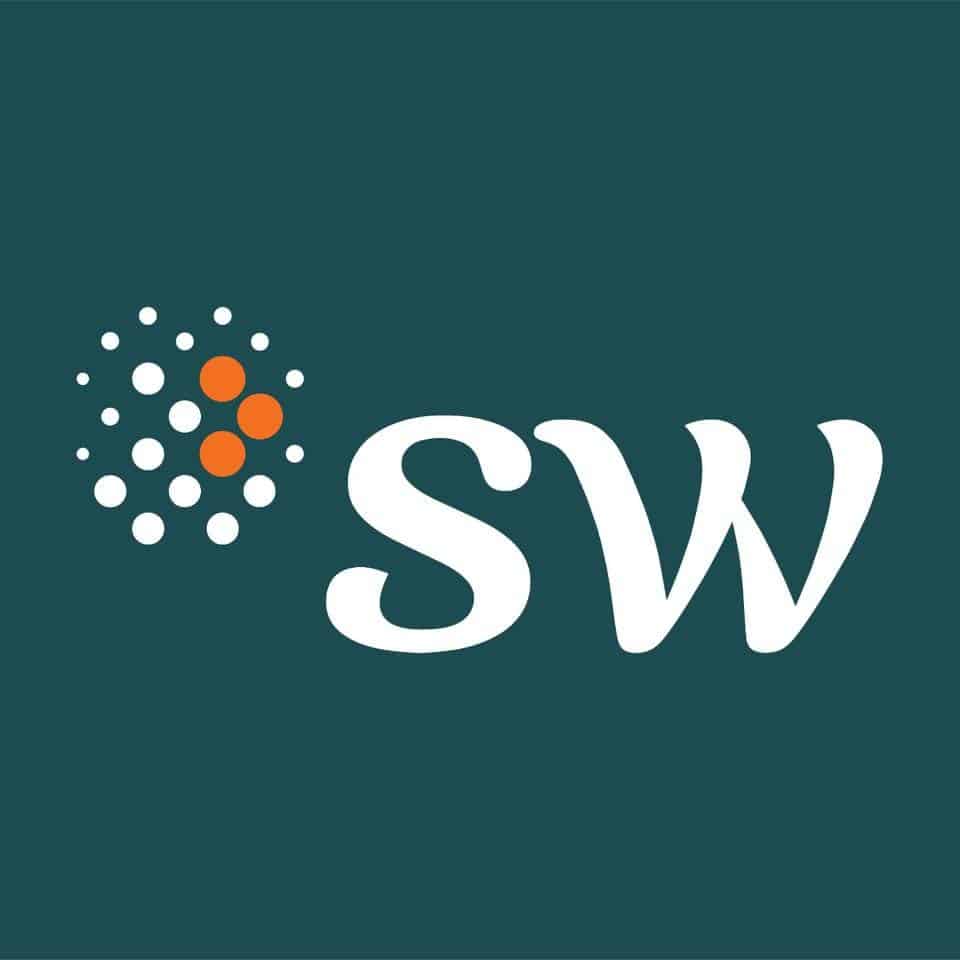The Indonesian government has set Provincial Minimum Wages (Upah Minimum Provinsi, UMP) as part of efforts to ensure economic protection for workers in various regions. This decision is in line with the provisions stated in Government Regulation (Peraturan Pemerintah, PP) Number 51 Year 2023 (“PP 51/2023”) about Wages, which provides the legal basis for determining a fair and sustainable minimum wage. Regarding PP 51/2023, it will be effective on has been effective as of 10 November 2023. With the effective of PP 51/2023, the previous regulation, namely PP Number 78 Year 2015, concerning Wages has been officially revoked.
PP 51/2023 is a revision of the previous regulation in PP Number 36 Year 2021 (PP 36/2021). In PP 51/2023 there are additions and deductions of paragraphs in previous regulations, especially in PP 51/2023, which no longer uses a certain range of values between the upper and lower limits of the minimum wage in the related area. However, the variables used to calculate the minimum wage are economic growth, inflation, and certain index.
Then, in determining the certain index, you can consider other factors that are relevant to employment conditions, citing article 26A paragraph (5), which mentions that if the economic growth is negative, the value of the minimum wage for the following year is set to be the same as the value of the minimum wage for the current year.
PP 51/2023 also regulates and confirms the latest period for determining the provincial minimum wage is November 21 of the current year. By determining the Provincial Minimum Wages, which is aligned with PP no. 51 of 2023, the government is committed to protecting workers’ rights and encouraging sustainable economic growth throughout Indonesia. This update reflects a positive response to each region’s economic dynamics and worker needs.
The importance of PP 51/2023 in determining wages does not only lie in the economic aspect. But, but also in efforts to create a fair and competitive work environment. Through this policy, the government aims to achieve an optimal balance between worker protection and economic development, creating a conducive business climate for all parties.
The following is a table of the increase of Provincial Minimum Wages in 2024 that has been determined by the Government:
| No. | Province | IDR Minimum 2024 | IDR Increase 2024 | IDR Minimum 2023 | % |
| 1 | North Maluku | 3,200,000 | 223,280 | 2,976,720 | 7.50% |
| 2 | DI Yogyakarta | 2,125,897 | 144,115 | 1,981,782 | 7.27% |
| 3 | East Java | 2,165,244 | 125,000 | 2,040,244 | 6.13% |
| 4 | Central Sulawesi | 2,736,698 | 137,152 | 2,599,546 | 5.28% |
| 5 | East Kalimantan | 3,360,858 | 159,462 | 3,201,396 | 4.98% |
| 6 | Maluku | 2,949,953 | 137,126 | 2,812,827 | 4.88% |
| 7 | Southeast Sulawesi | 2,885,964 | 127,016 | 2,758,948 | 4.60% |
| 8 | South Kalimantan | 3,282,812 | 132,835 | 3,149,977 | 4.22% |
| 9 | Papua | 4,024,270 | 159,574 | 3,864,696 | 4.14% |
| 10 | South Papua | 4,024,270 | 159,574 | 3,864,696 | 4.14% |
| 11 | Papua Highlands | 4,024,270 | 159,574 | 3,864,696 | 4.14% |
| 12 | Southwest Papua | 4,024,270 | 159,574 | 3,864,696 | 4.14% |
| 13 | Central Papua | 4,024,270 | 159,570 | 3,864,700 | 4.13% |
| 14 | Bangka Belitung Island | 3,640,000 | 141,521 | 3,498,479 | 4.04% |
| 15 | Central Java | 2,036,947 | 78,778 | 1,958,169 | 4.02% |
| 16 | Bengkulu | 3,507,079 | 102,902 | 3,404,177 | 3.86% |
| 17 | Riau Island | 3,402,492 | 123,298 | 3,279,194 | 3.76% |
| 18 | Bali | 2,813,672 | 94,000 | 2,719,672 | 3.68% |
| 19 | North Sumatera | 2,809,915 | 99,422 | 2,710,493 | 3.67% |
| 20 | West Kalimantan | 2,702,616 | 94,015 | 2,608,601 | 3.60% |
| 21 | West Jawa | 2,057,495 | 70,825 | 1,986,670 | 3.57% |
| 22 | DKI Jakarta | 5,067,381 | 165,583 | 4,901,798 | 3.38% |
| 23 | West Papua | 3,393,000 | 111,000 | 3,282,000 | 3.38% |
| 24 | North Kalimantan | 3,361,653 | 109,951 | 3,251,702 | 3.38% |
| 25 | Riau | 3,294,625 | 102,963 | 3,191,662 | 3.20% |
| 26 | Jambi | 3,037,121 | 94,088 | 2,943,033 | 3.20% |
| 27 | Lampung | 2,716,497 | 83,213 | 2,633,284 | 3.16% |
| 28 | West Nusa Tenggara | 2,444,067 | 72,660 | 2,371,407 | 3.06% |
| 29 | East Nusa Tenggara | 2,186,826 | 62,832 | 2,123,994 | 2.96% |
| 30 | Central Kalimantan | 3,261,616 | 80,603 | 3,181,013 | 2.53% |
| 31 | West Sumatera | 2,811,449 | 68,973 | 2,742,476 | 2.52% |
| 32 | Banten | 2,727,812 | 66,532 | 2,661,280 | 2.50% |
| 33 | North Sulawesi | 3,545,000 | 60,000 | 3,485,000 | 1.67% |
| 34 | South Sumatera | 3,456,874 | 52,697 | 3,404,177 | 1.55% |
| 35 | West Sulawesi | 2,914,958 | 43,164 | 2,871,794 | 1.50% |
| 36 | South Sulawesi | 3,434,298 | 49,153 | 3,385,145 | 1.45% |
| 37 | Aceh | 3,460,672 | 47,006 | 3,413,666 | 1.38% |
| 38 | Gorontalo | 3,025,100 | 35,750 | 2,989,350 | 1.19% |













